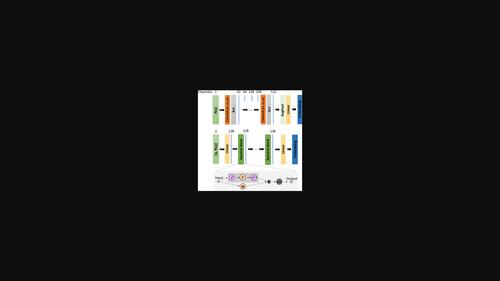结合先验知识对中子和 X 射线反射率数据进行神经网络分析
IF 5.3
2区 材料科学
Q2 MATERIALS SCIENCE, MULTIDISCIPLINARY
引用次数: 0
摘要
由于缺乏相位信息,从测量的中子和 X 射线反射率曲线确定多层薄膜的物理参数从根本上说是一个未确定的逆问题。这种模糊性对标准神经网络造成了限制,制约了以往机器学习解决方案中考虑的参数范围和数量。为了克服这一挑战,我们设计了一种新颖的训练程序,将每个物理参数的动态先验边界作为神经网络的附加输入。通过这种方式,神经网络可以同时在逆问题未确定的更大参数空间的所有条件良好的子区间上进行训练。在推理过程中,用户可以灵活地输入自己关于物理系统的先验知识,将神经网络的预测限制在参数空间中不同的目标子区间。该方法在各种情况下都证明了其有效性,包括采用盒式模型参数化的多层结构,以及由物理学启发的多层结构散射长度密度剖面的特殊参数化。与以前的方法相比,这种方法在增加逆问题的复杂性时具有良好的扩展性,即使在五层多层模型和多达 17 个开放参数的周期性多层模型中也能正常工作。本文章由计算机程序翻译,如有差异,请以英文原文为准。

Neural network analysis of neutron and X-ray reflectivity data incorporating prior knowledge
Due to the ambiguity related to the lack of phase information, determining the physical parameters of multilayer thin films from measured neutron and X-ray reflectivity curves is, on a fundamental level, an underdetermined inverse problem. This ambiguity poses limitations on standard neural networks, constraining the range and number of considered parameters in previous machine learning solutions. To overcome this challenge, a novel training procedure has been designed which incorporates dynamic prior boundaries for each physical parameter as additional inputs to the neural network. In this manner, the neural network can be trained simultaneously on all well-posed subintervals of a larger parameter space in which the inverse problem is underdetermined. During inference, users can flexibly input their own prior knowledge about the physical system to constrain the neural network prediction to distinct target subintervals in the parameter space. The effectiveness of the method is demonstrated in various scenarios, including multilayer structures with a box model parameterization and a physics-inspired special parameterization of the scattering length density profile for a multilayer structure. In contrast to previous methods, this approach scales favourably when increasing the complexity of the inverse problem, working properly even for a five-layer multilayer model and a periodic multilayer model with up to 17 open parameters.
求助全文
通过发布文献求助,成功后即可免费获取论文全文。
去求助
来源期刊

ACS Applied Nano Materials
Multiple-
CiteScore
8.30
自引率
3.40%
发文量
1601
期刊介绍:
ACS Applied Nano Materials is an interdisciplinary journal publishing original research covering all aspects of engineering, chemistry, physics and biology relevant to applications of nanomaterials. The journal is devoted to reports of new and original experimental and theoretical research of an applied nature that integrate knowledge in the areas of materials, engineering, physics, bioscience, and chemistry into important applications of nanomaterials.
 求助内容:
求助内容: 应助结果提醒方式:
应助结果提醒方式:


